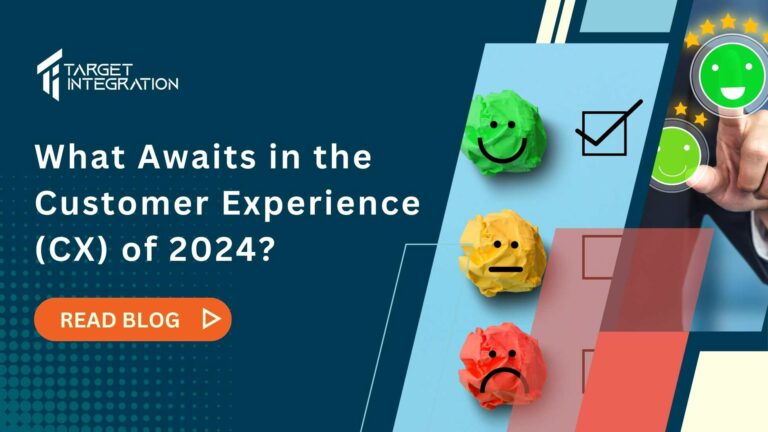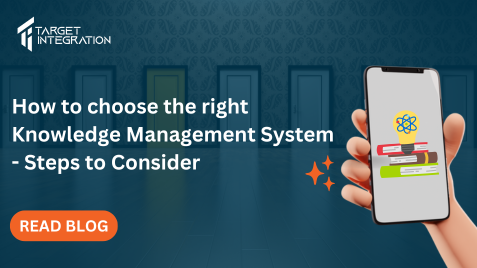Retailers are in full swing, and small companies work extra hard to promote their brands throughout the holiday season. However, those in the small-but-growing sector of the retail industry don’t have to toil alone, especially when it comes to providing a productive, scalable customer experience throughout the peak shopping season and beyond.
According to recent statistics from the 2022 Zendesk CX Accelerator report, that level of customer experience is easily attainable and well worth the effort.
Insights from approximately 5,000 customer service professionals around the world are included in the CX Accelerator report. The analysis assesses which organizations are going above and beyond and which ones are still climbing the rankings using a framework of CX maturity, where businesses are graded as Starters, Emergers, Risers, or Champions.
Retailers adapting to evolving CX landscape
Smaller retail businesses have become well-known; thanks! Partly to their capacity to provide smooth, individualized consumer experiences. The well-known company Blum committed to meeting consumers where they were. Over time, they changed and evolved their support channel mix, adding chat and a comprehensive help center to their existing phone and email support options. This improved the first impressions customers had of the brand. The switch from email to a CX solution was the game-changer for UncommonGoods, an online shop specializing in unique presents. Through smart filtering and expanding their help center, they have seen a reduction in email volume since the implementation.
With the volume of emails pouring in during peak season, a less clunky and manual CX solution was required to keep business going.
On the other hand, retail businesses have also seen some of the highest volatility. Customer engagement on retail support channels increased significantly in 2022, by 38 percent, more than in any other examined industry, according to the Zendesk Customer Experience Trends Report.
Recent CX Accelerator data and insights reveal that mature, well-oiled CX machines are the solution for both good problems—a rising customer base and relationships that need tending—and not-so-good problems—pandemics and supply-chain challenges that hinder even the most prepared enterprises.
How to ensure you stay at the top of your game?
1. Develop CX for volume and expansion
A scalable CX solution has the advantage of being able to be enhanced for seasonality and dropped for regular volume. This makes it possible for small enterprises to meet their immediate needs while yet having the capacity to expand inside the system. When it comes to scaling their customer experience, small retail firms that use chatbots and AI technologies can literally save their lives.
The benefit of a scalable CX solution is that it can be adjusted for seasonality and reduced for constant volume. Due to their ability to expand within the system, small businesses can meet their immediate needs. Small retail businesses that use chatbots and AI technologies can practically save their lives when it comes to scaling their customer experience.
However, CX scalability can take many different forms. For instance, using a chatbot or integrated help center to answer frequently asked questions frees up agents’ time for more complicated situations requiring a 1:1 touch.
2. Make agents capable of driving the business
Throughout the year, strong bottom lines are supported by agent productivity and onboarding simplicity. The agent dashboard can increase productivity by giving more client context and minimizing the need to transition between dashboards and tools, in addition to the previous deflections. With a unified workspace, all agents can jump in where required, whether on a live chat window, in the email support queue, reacting to asynchronous messages on WhatsApp or Facebook Messenger, or on the phone with consumers. The statistics show that operational agility affects the quality of experience a firm can provide. Champions rank their organization’s effectiveness in shifting CX workers between channels to meet demand as “very strong” 8.1 times more frequently than Starters.
3. Don’t stop at client acquisition – let CX promote loyalty instead
Small businesses understand the value of client loyalty and retention since they have invested much time and effort into growing their customer base. An organization that responds to customer inquiries immediately and personally is a clear indicator of a developing CX business. Agents may only do this if they have comprehensive access to a customer’s whole history of transactions with the business.
Companies can scale thanks to the Zendesk CX solution; new channels like chat made it easier for website visitors to seek support fast; a help center diverted commonly asked questions away from the ticket queue.
4. Deliver quicker and better results.
Delivering a better CX from quarter to quarter or year to year is crucial for all business sizes, but smaller businesses might experience their consequences even more keenly. Regular performance data analysis is the first step in determining the impact of a CX investment because it reveals where the customer experience may be improved and how it resonates with and helps customers. According to the 2022 research, small business Champions are 12.3 times more likely than Starters to have daily CX metrics examined by senior leadership. This shows that intentional and consistent data analysis pays rewards.
Using CX to scale small business retail
Small retail businesses may maximize their potential over the long term by scaling CX operations for volume and growth, empowering agents to help drive the business, letting CX drive customer retention and loyalty, and providing better outcomes sooner.




